

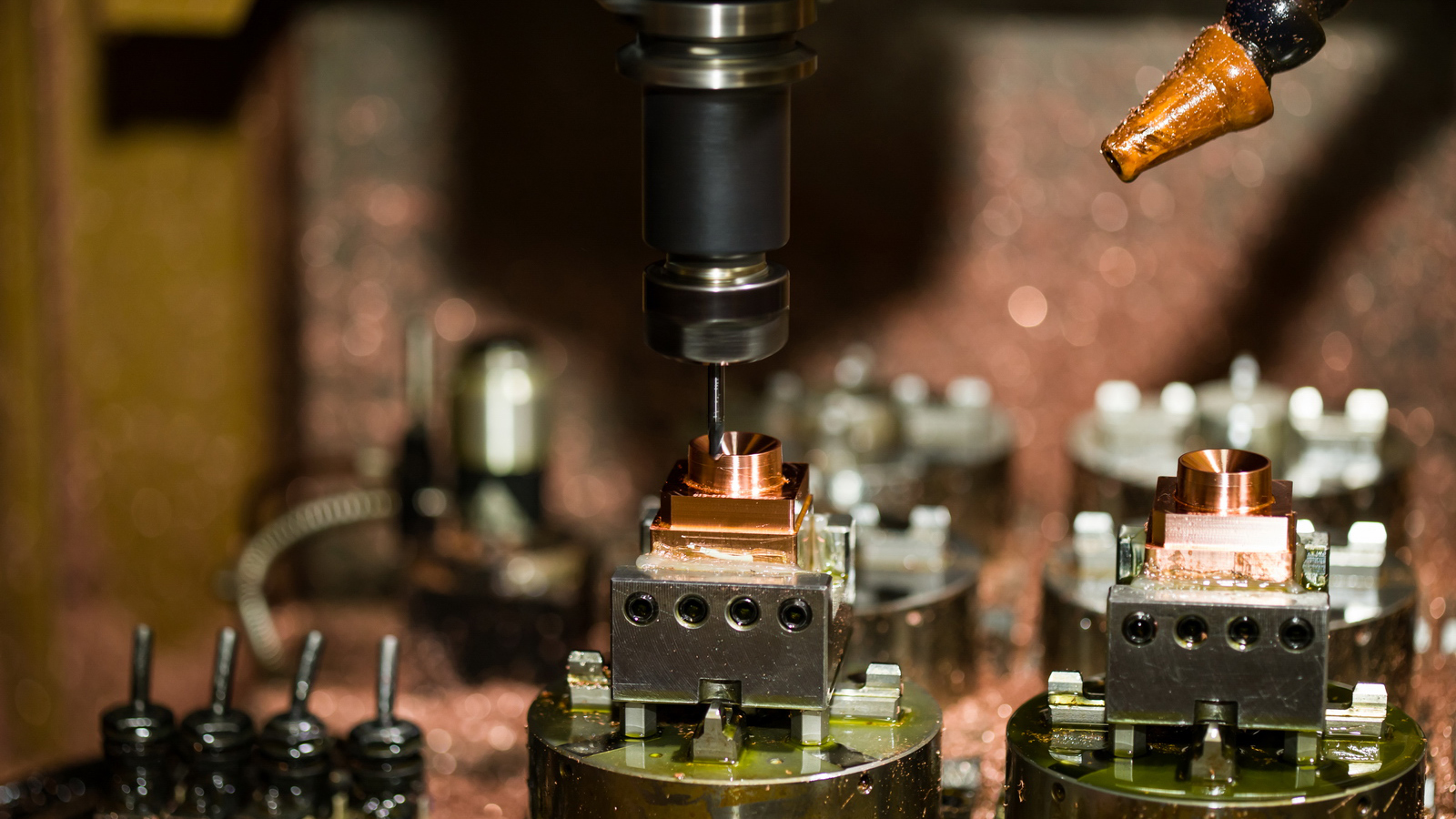


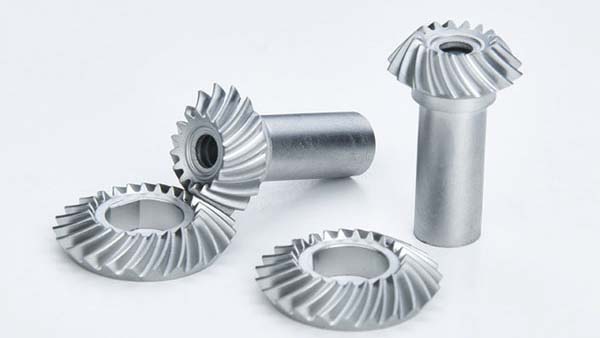

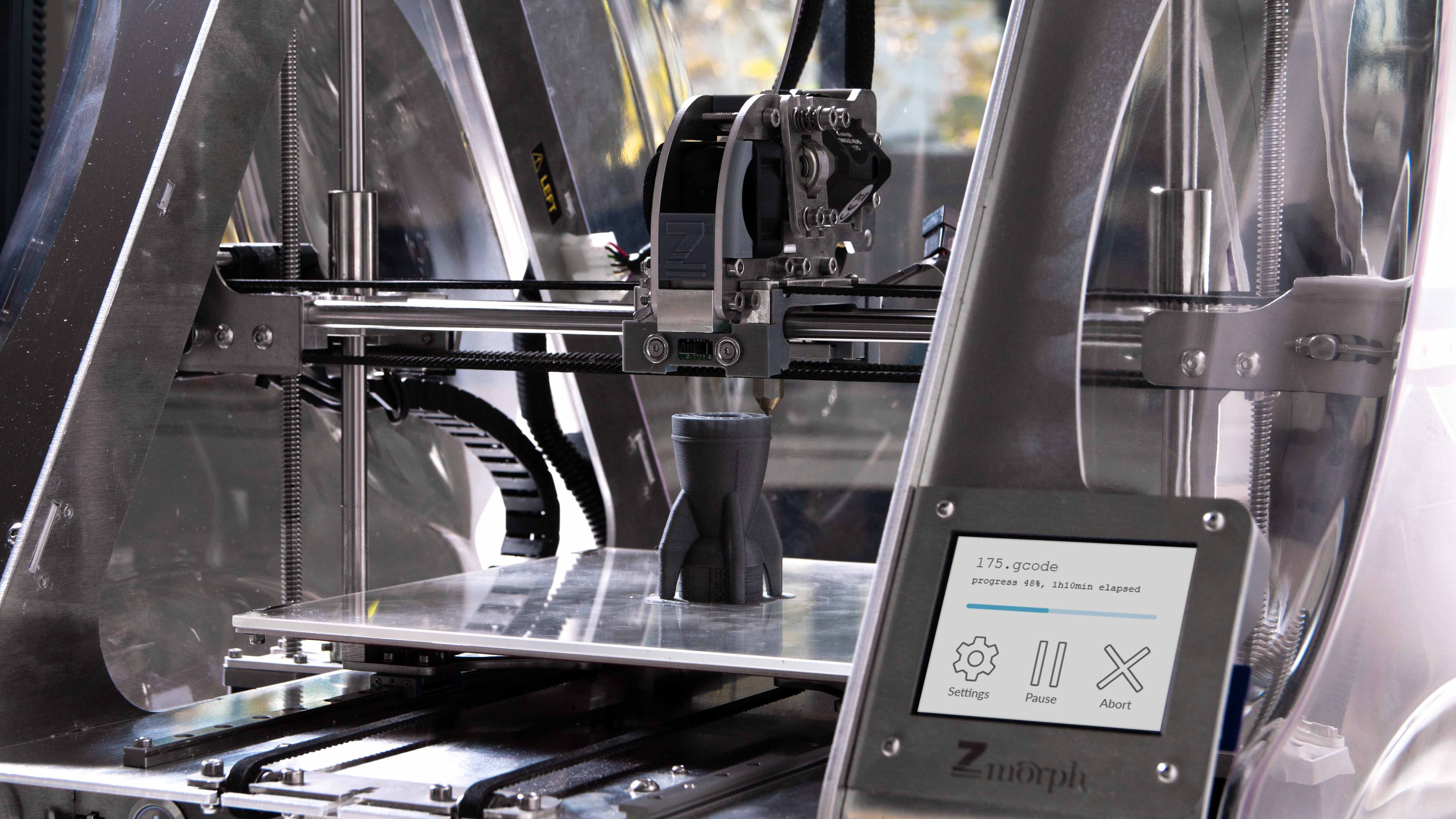

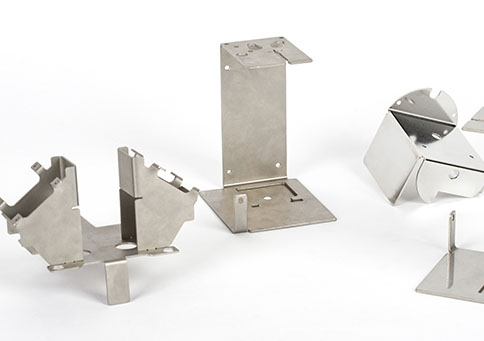
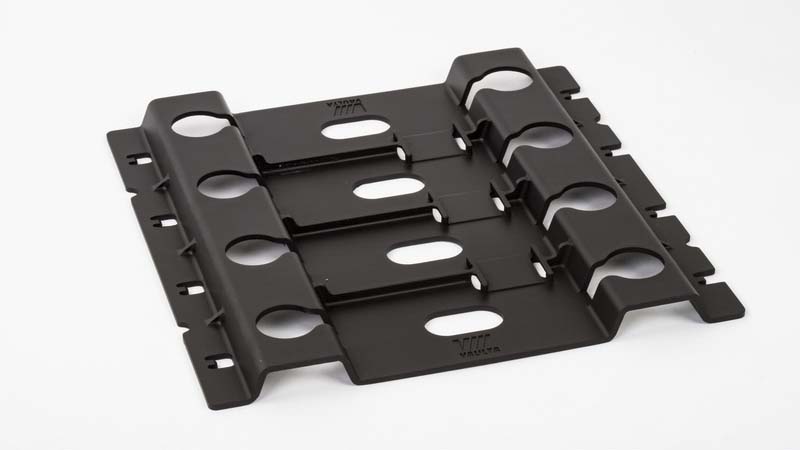
Injection Tooling: Professional Terminology
Category 1: Fundamental Mold Types & Systems
|
Term |
Definition & Context |
|
Mold (Tool) |
The entire assembly that gives shape to
molten plastic. Called a "tool" in some regions. The core asset in
injection molding. |
|
Two-Plate Mold |
The simplest and most common mold design.
It has one parting line, with the runner system and part(s) on the same
plane. |
|
Three-Plate Mold |
A more complex mold with two parting lines.
One opens to eject the runner system, and a second opens to eject the part.
Allows for gating away from the part edge. |
|
Hot Runner Mold (Runnerless Mold) |
A system where the runners are kept hot and
molten inside a manifold block. No solid runner is ejected,
reducing waste and cycle time. |
|
Cold Runner Mold |
A mold where the entire runner system cools
and is ejected with the part. Includes Two-Plate and Three-Plate molds. |
|
Family Mold |
A single mold that produces multiple
different parts that form a product assembly. |
|
Insert Mold |
A mold designed to form plastic around a
pre-placed metal or other component (an "insert"). |
|
Prototype Mold |
A mold, often made from aluminum or mild steel,
built for speed and low cost to produce prototype parts. Shorter lifespan
than production molds. |
|
Production Mold |
A mold built from hardened
steel (e.g., H13, S7) for high-volume, long-term production. High cost and
long lead time. |
Category 2: Mold Structure & Plates
|
Term |
Definition & Context |
|
Mold Base |
A standardized, pre-manufactured frame that
holds the custom-machined core, cavity, and all other components. |
|
Cavity Plate ("A" Plate) |
The half of the mold usually attached to
the stationary platen of the injection machine. It contains the Cavity. |
|
Core Plate ("B" Plate) |
The half of the mold attached to the moving
platen. It contains the Core and the ejection system. |
|
Support Plate (Backing Plate) |
A thick plate that sits behind the
"B" plate to prevent it from deforming under high injection
pressure. |
|
Sprue Bushing (Sprue Bushing) |
A hardened steel component with a tapered
hole that connects the mold to the injection machine's nozzle. |
|
Leader Pins (Guide Pins) |
Precision pins that ensure the correct
alignment of the "A" and "B" halves as the mold closes. |
|
Leader Pin Bushings |
The hardened sleeves into which the leader
pins slide. |
Category 3: Part Formation & Surfaces
|
Term |
Definition & Context |
|
Cavity |
The hollow portion of the mold that forms
the external shape of the plastic part. |
|
Core |
The male portion of the mold that forms the
internal shape of the part (e.g., the inside of a bucket). |
|
Parting Line (P.L.) |
The line or plane where the two halves of
the mold meet. Often visible as a faint witness line on the finished part. |
|
Shut-off |
A raised land or sealing surface where two
mold components meet tightly to prevent plastic from leaking into another
area. Critical for holes and complex features. |
|
Draft |
A slight taper (typically 1°-3°) applied to
walls parallel to the mold opening direction. Essential for the part
to eject cleanly. |
|
Texture (Mold Texture) |
A surface finish applied to the mold cavity
(e.g., via EDM, laser etching, chemical etching) to produce a desired
appearance on the part (e.g., leather, matte, gloss). |
|
Polishing |
The process of manually finishing the
cavity/core surface to a specific gloss level (e.g., SPI A1 mirror finish)
for part appearance and release. |
Category 4: Feed System (Gating & Runners)
|
Term |
Definition & Context |
|
Sprue |
The primary channel that delivers molten plastic
from the machine nozzle to the mold. |
|
Runner |
The channel system that distributes plastic
from the sprue to the various part cavities. |
|
Gate |
The small, controlled entrance from the
runner into the part cavity. Its design and location are critical. |
|
Cold Slug Well |
A cavity at the end of the sprue to trap
the initial, slightly cooled shot of plastic ("cold slug") before
it enters the part. |
|
Manifold (Hot Runner) |
A heated block containing internal channels
that distribute molten plastic to the nozzles. |
|
Hot Nozzle (Hot Runner Nozzle) |
The heated tip that directly gates into the
part cavity in a hot runner system. |
|
Gate Vestige |
A small, often raised mark left on the part
after the gate is severed. |
Category 5: Ejection System
|
Term |
Definition & Context |
|
Ejector Housing |
The assembly of plates (ejector
plates) that hold the ejector pins and are pushed forward by the machine's
ejector rod. |
|
Ejector Pins |
The most common ejection component. Steel
pins that push the part off the core. |
|
Ejector Sleeves |
Hollow pins used to eject features that
surround a core pin (e.g., a boss around a hole). |
|
Blade Ejectors |
Thin, blade-like pins used to eject ribs or
other thin features. |
|
Stripper Plate |
A plate that encircles the core, used to
eject large, box-like parts or parts that cannot have pin marks. |
|
Return Pins (Ejector Return Pins) |
Pins that ensure the ejection system is
pushed back to its starting position as the mold closes. |
|
Early Ejector Return (Screw) |
A screw or pin that mechanically ensures
the ejector system is retracted before the mold closes completely. |
Category 6: Complex Features & Actions
|
Term |
Definition & Context |
|
Undercut |
Any part feature that prevents its direct
ejection from the mold, requiring a special mechanism. |
|
Lifter |
An angled component that moves with the
ejection system to form and then release an internal undercut. |
|
Slide (Cambered Slide) |
A component that moves perpendicular to the
mold opening direction to form an external undercut. It is driven by an angle
pin as the mold opens. |
|
Hydraulic Cylinder (for Slides) |
A hydraulic actuator used to power complex
or long-stroke slides instead of an angle pin. |
|
Insert |
A removable piece of steel that forms a
specific, often high-wear, detail in the mold. Allows for easy replacement. |
|
Core Pin |
A small pin used to form holes or standing
features (bosses) in the part. |
Category 7: Cooling & Venting
|
Term |
Definition & Context |
|
Cooling Channels (Water Lines) |
Passages drilled through the mold plates to
circulate a coolant (water or oil) and control the mold temperature. |
|
Baffle |
A deflector inserted into a deep cooling
channel to direct water flow for more efficient cooling. |
|
Bubbler |
A tube that directs coolant deep into a
core pin to cool an area that is difficult to reach. |
|
Heat Exchanger |
A device used to control the temperature of
the coolant. |
|
Vent |
A very shallow channel (0.015-0.03 mm) cut
into the mold to allow trapped air to escape during injection. Prevents burns
and short shots. |
Category 8: General Terminology
|
Term |
Definition & Context |
|
Mold Flow Analysis |
Computer simulation used to predict how
plastic will fill the mold, allowing for optimization of gating, cooling, and
the prevention of defects. |
|
Shot |
One complete cycle of the injection molding
machine, from clamp close to part ejection. |
|
Tool Trial / Sampling |
The initial test run of the mold in an
injection molding machine to debug it and produce first samples (T1
Samples). |
|
Mold Maintenance |
The regular process of cleaning,
inspecting, and repairing the mold to ensure consistent part quality and long
tool life. |
This vocabulary provides a solid foundation
for communicating effectively with mold designers, mold makers (toolmakers), and injection molding engineers.